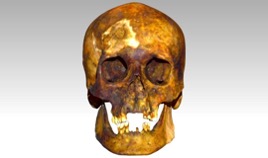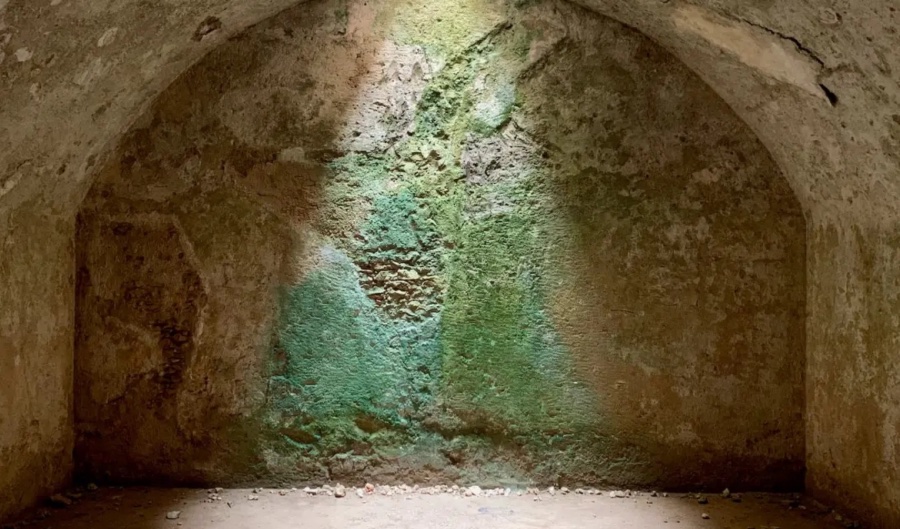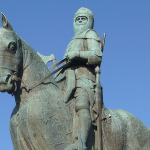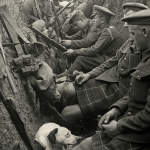Cutting-edge DNA technology has been used to identify what experts believe is a 19th Century man suspected of vampirism.
During the 19th Century, locals would bury suspected vampires with their arms placed in an X shape across their chest – this being the way the remains were first discovered. The purpose of this was to prevent those suspected of vampirism from rising back up and attacking members of the town.
The remains were discovered in Griswold, Connecticut back in 1990. Experts believed the remains to be a middle-aged man called John Barber, who had tuberculosis. The general symptoms of tuberculosis disease include feelings of sickness or weakness, weight loss, fever, swollen neck, night sweats, coughing, chest pain, and the coughing up of blood. The extensive list of symptoms, alongside their unpleasant nature, is likely the reason paranoid locals suspected Barber of being a vampire.
Cutting-edge DNA technology, laboratory and bioinformatics techniques have since been able to confirm his identity and recreate what Barber looked like, as seen below:

John Barber facial recreation
The results were revealed by Parabon NanoLabs and the Arms Forces DNA identification Laboratory during the International Symposium of Human Identification conference (Washington, D.C). Parabon NanoLabs commented on their exciting results:
Tales of the undead consuming the blood of living beings have been around for centuries. Before scientific and clinical knowledge were used to explain infectious diseases and medical disorders, communities hit with epidemics turned to folklore for explanations.
They often blamed vampirism for the change in appearance, erratic behaviour and deaths of their friends and family who actually suffered from conditions such as porphyria, pellagra, rabies and tuberculosis (TB).
It is speculated that he (John Barber) was later disinterred and reburied because his limbs had been placed atop his chest in an X in a skull-and-crossbones configuration – a burial practice used to prevent purported vampires from rising from the grave to feed upon the living.
Parabon NanoLabs
Before these results, Barber was only known as JB55 due to markings on his grave. However, in 2019, AFDIL undertook a Y-STR chromosome analysis suggesting his surname was ‘Barber’.
Researchers went on to use the latest advanced laboratory and bioinformatic DNA analyses. By using machine learning models built on published variants, along with additional variants, Barber was predicted to have freckles, fair skin and brown eyes and brown hair. Using a 3D image of the skull and the predictions regarding his facial features, a IAI- certificated forensic artist, Thom Shaw, created his appearance.

John Barber’s skull
Image Source:
- John Barber: https://parabon-nanolabs.com/
- John Barber’s skull: https://parabon-nanolabs.com/
- green and brown concrete wall: instant images





